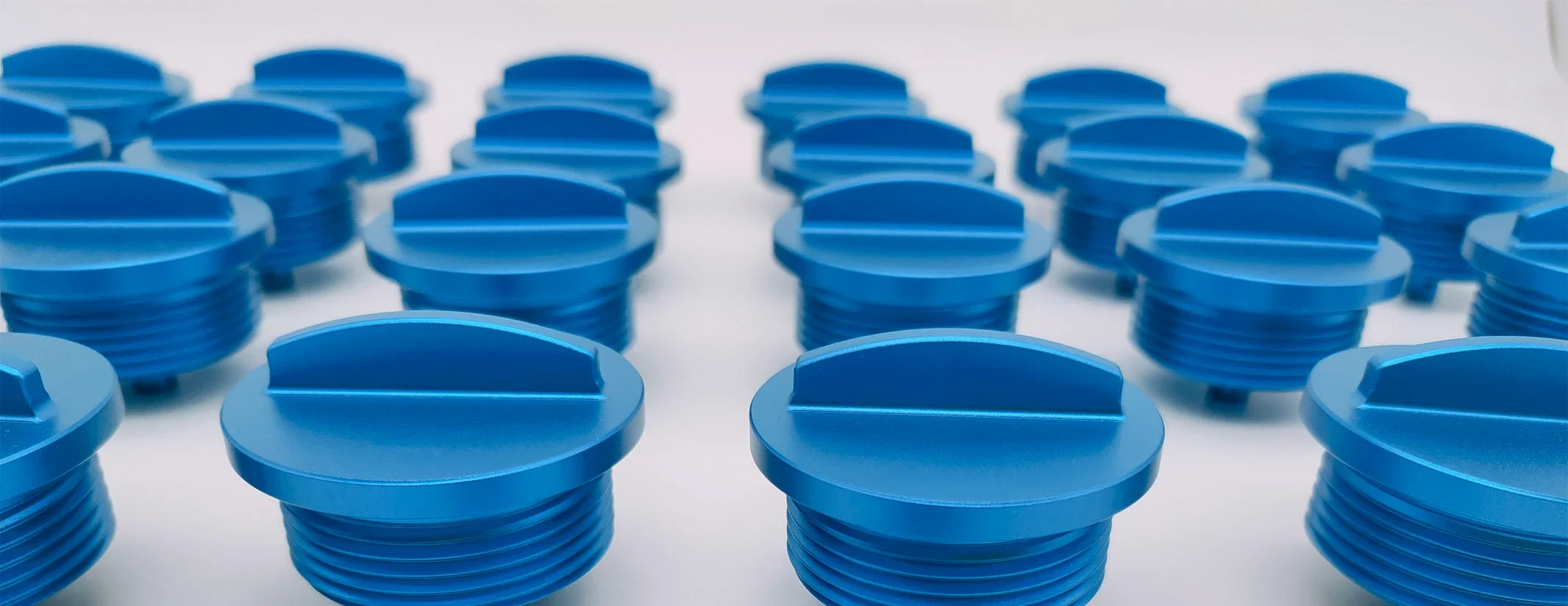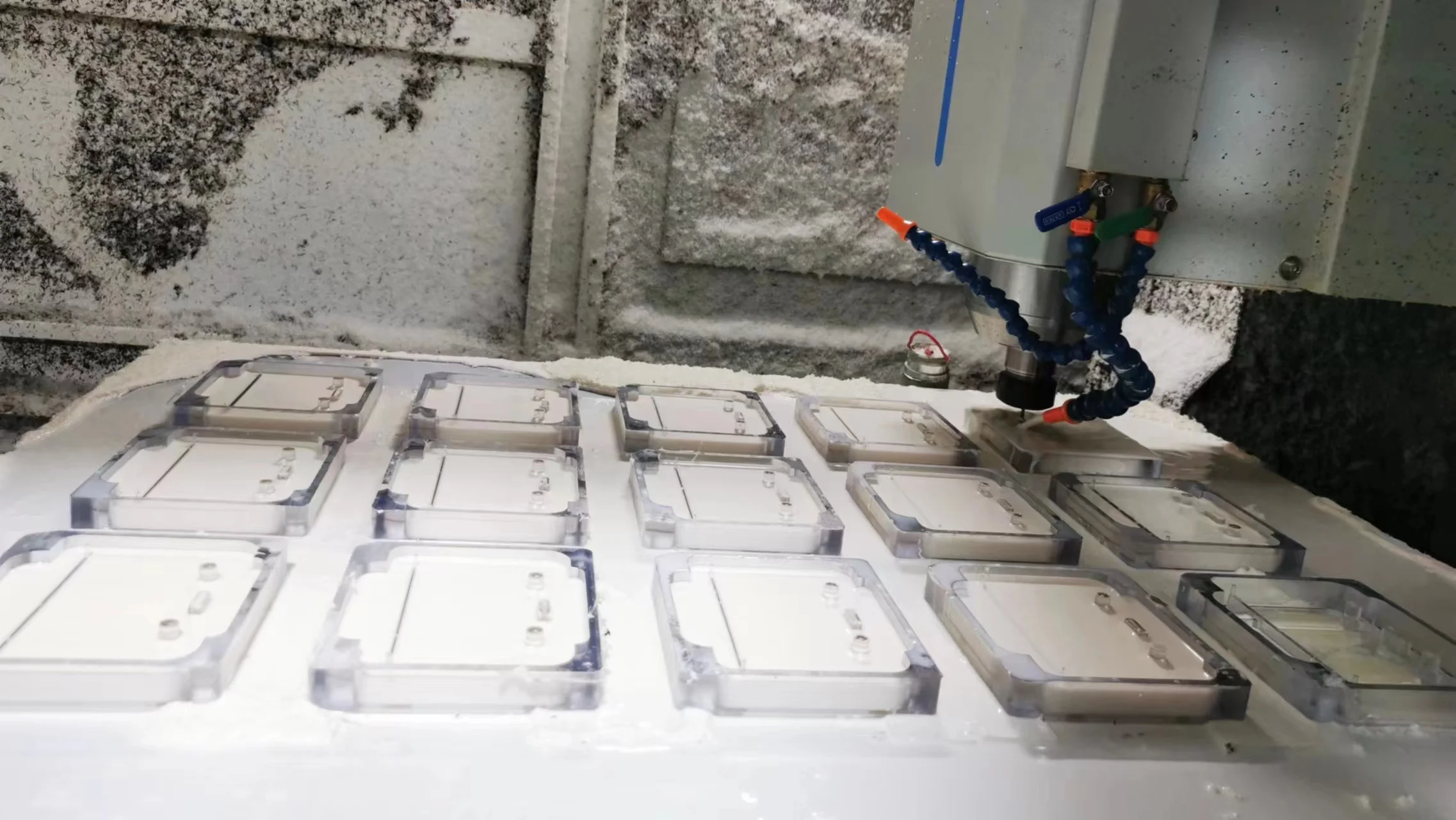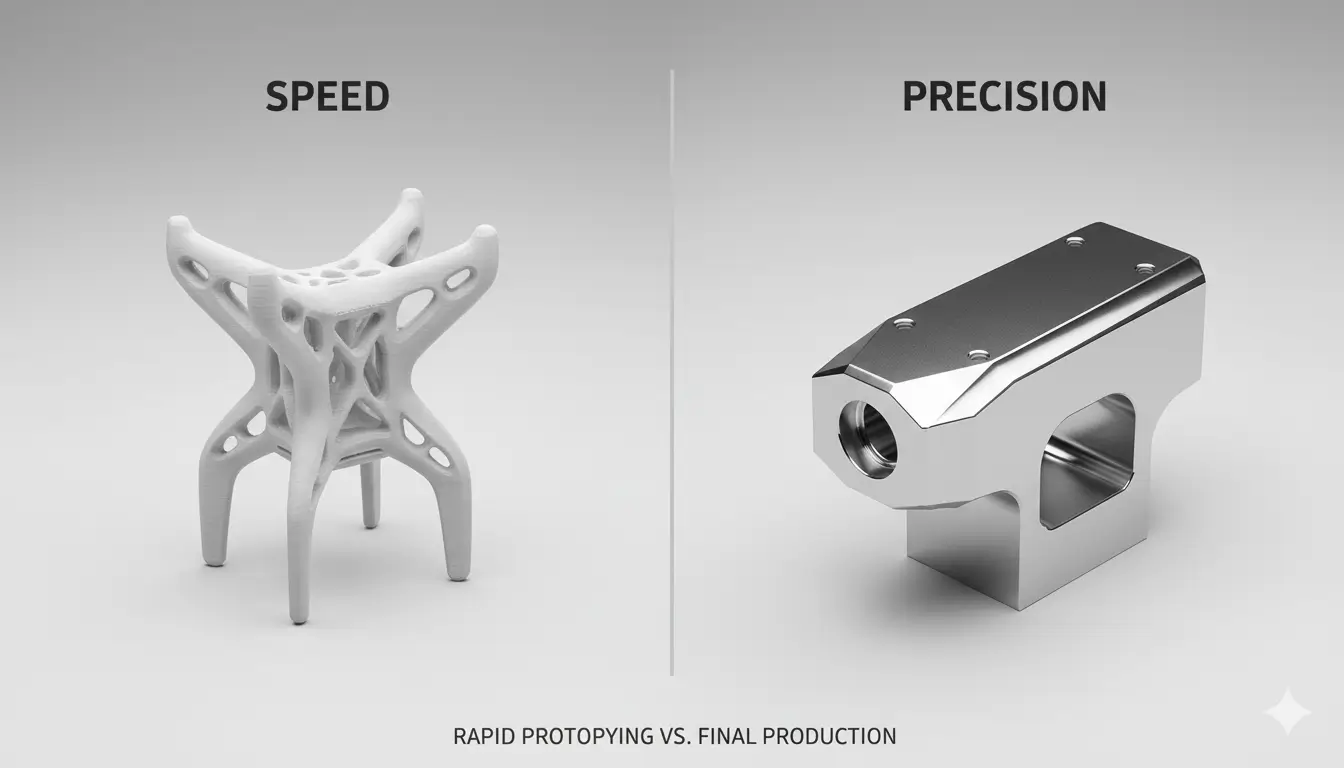What Is Aluminum?
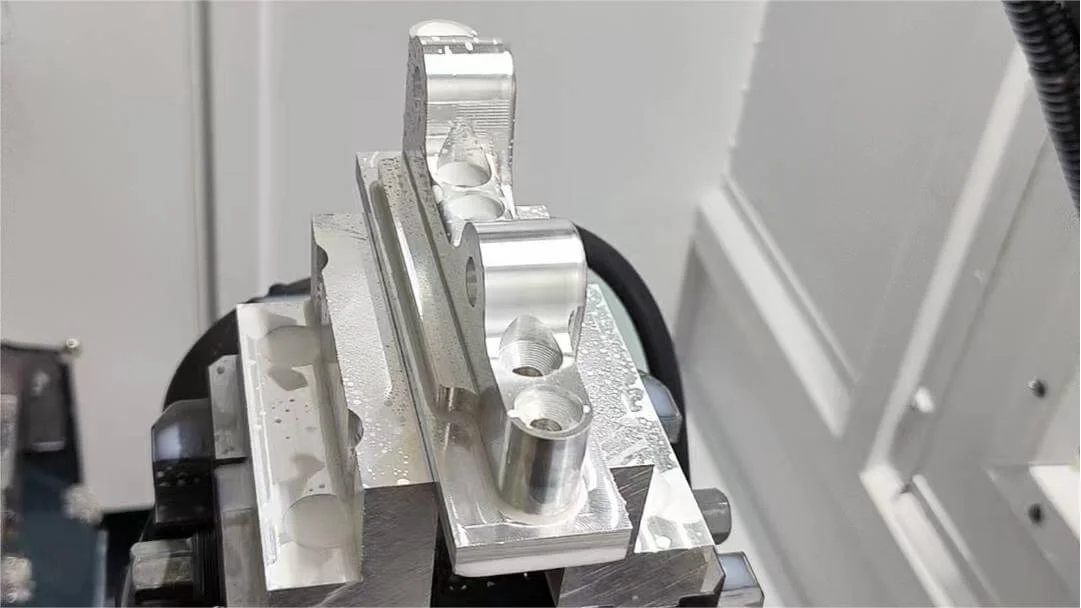
What Is Titanium?
Titanium is a silver-gray metal with a metallic luster and high hardness. With a density of 4.5 grams per cubic centimeter, it is heavier than aluminum but lighter than steel, which gives titanium a high strength-to-weight ratio.
In oxygen and water, titanium forms a dense film of titanium oxide, which provides excellent corrosion resistance. In addition, titanium is non-toxic to humans and has good biocompatibility.
Titanium is widely used in aerospace applications for the manufacture of aircraft and spacecraft fuselages, engine parts, and other structural components.
Its biocompatibility makes it ideal for orthopedic implants such as hip and knee prostheses, dental implants, and other medical devices. The corrosion resistance of titanium also makes it widely used in chemical equipment, desalination equipment, and petrochemical equipment.
Additionally, it is utilized in the manufacture of high-performance sporting goods such as bicycles, tennis rackets, and golf clubs. Due to its aesthetics and corrosion resistance, it is often used in architectural facades and decorative materials.
Related Reading: Titanium CNC Machining: The Ultimate Guide
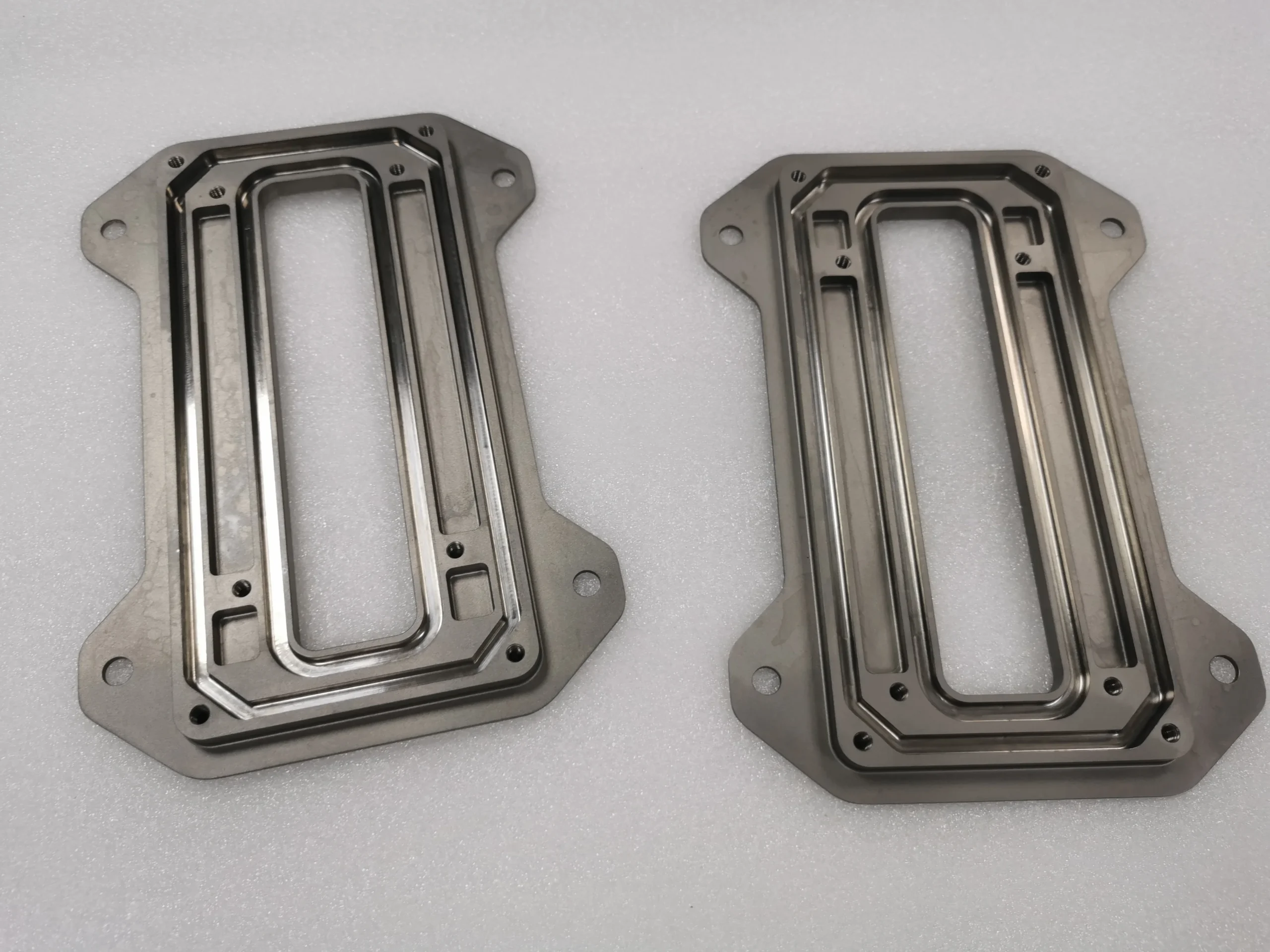
Titanium Vs Aluminum: Comprehensive Comparative Analysis
Titanium vs. Aluminum Weight
When it comes to weight, aluminum is the clear winner.
It is significantly lighter than titanium, making it a popular choice for applications where weight savings are crucial, such as in the aerospace and automotive industries.
For example, aluminum has a density of approximately 2.7 grams per cubic centimeter (g/cm³) and is approximately 66% lighter than titanium while titanium is much denser at around 4.5 g/cm³.
This difference means aluminum parts can be made thicker and still be lighter than their titanium counterparts, contributing to overall weight reduction without sacrificing structural integrity.
Titanium vs. Aluminum Strength
Titanium has a higher strength-to-weight ratio than aluminum.
It is incredibly strong, with commercially pure titanium having a tensile strength of about 434 MPa, and some titanium alloys having tensile strengths that can be increased to more than 1,000 MPa.345 to 1,380 MPa (50,000 to 200,000 psi)
In comparison, aluminum has a tensile strength range of 140 to 480 MPa (20,000 to 70,000 psi).
This makes titanium an ideal material for applications requiring high strength and durability, such as medical implants, military armor, and high-performance sports equipment.
Titanium vs. Aluminum Price
Titanium is more expensive than aluminum due to its more complex extraction and refinement processes.
The cost of raw titanium can be up to ten times higher than that of aluminum. For instance, while aluminum prices typically range from $1 to $1.50 per pound, titanium can cost anywhere from $10 to $15 per pound.
This significant price difference makes aluminum the more cost-effective choice for large-scale applications or projects with tight budget constraints.
Corrosion Resistance
Titanium excels in corrosion resistance, especially in harsh environments. It forms a stable oxide layer that protects it from rust and corrosion, making it ideal for marine, chemical, and medical applications. Aluminum also forms an oxide layer that offers good corrosion resistance but is less effective in extremely corrosive environments compared to titanium.
Thermal Conductivity
Aluminum has higher thermal conductivity (205 W/m·K) compared to titanium (21.9 W/m·K). This property makes aluminum more suitable for applications requiring efficient heat dissipation, such as heat exchangers and electronic housings. Titanium, with its lower thermal conductivity, is better suited for applications where heat resistance is essential.
Machinability
Aluminum is easier to machine than titanium. It requires less energy and wears down tools more slowly, making it more cost-effective for large-scale manufacturing processes. Titanium, while stronger and more durable, is harder to machine due to its strength and toughness, leading to higher machining costs and slower production rates.
Sustainability
Both metals are recyclable, but aluminum has a higher recycling rate. Recycling aluminum saves up to 95% of the energy required to produce new aluminum from raw materials, making it an environmentally friendly option. Titanium is also recyclable but the process is more energy-intensive.

3D Titanium Vs. Aluminum: Which Metal Should You Choose?
Choosing between titanium and aluminum depends on the specific requirements of your project.
- If weight is the primary concern, aluminum is the better choice due to its lighter weight and lower density.
- If strength is paramount, Titanium offers superior strength and durability, making it ideal for high-stress applications.
- Budget considerations. Aluminum is significantly more cost-effective and suitable for large-scale applications or budget-sensitive projects.
- Density factors, Titanium’s higher density is beneficial for applications needing a balance of strength and weight, while aluminum’s lower density suits projects where weight savings are critical.
If you need to process titanium and aluminum, you can contact us. We ECOREPREP have many types of processing services, such as CNC machining, 3D printing, vacuum casting, etc., which can help Rapid Prototyping. If you need it, you can contact us.
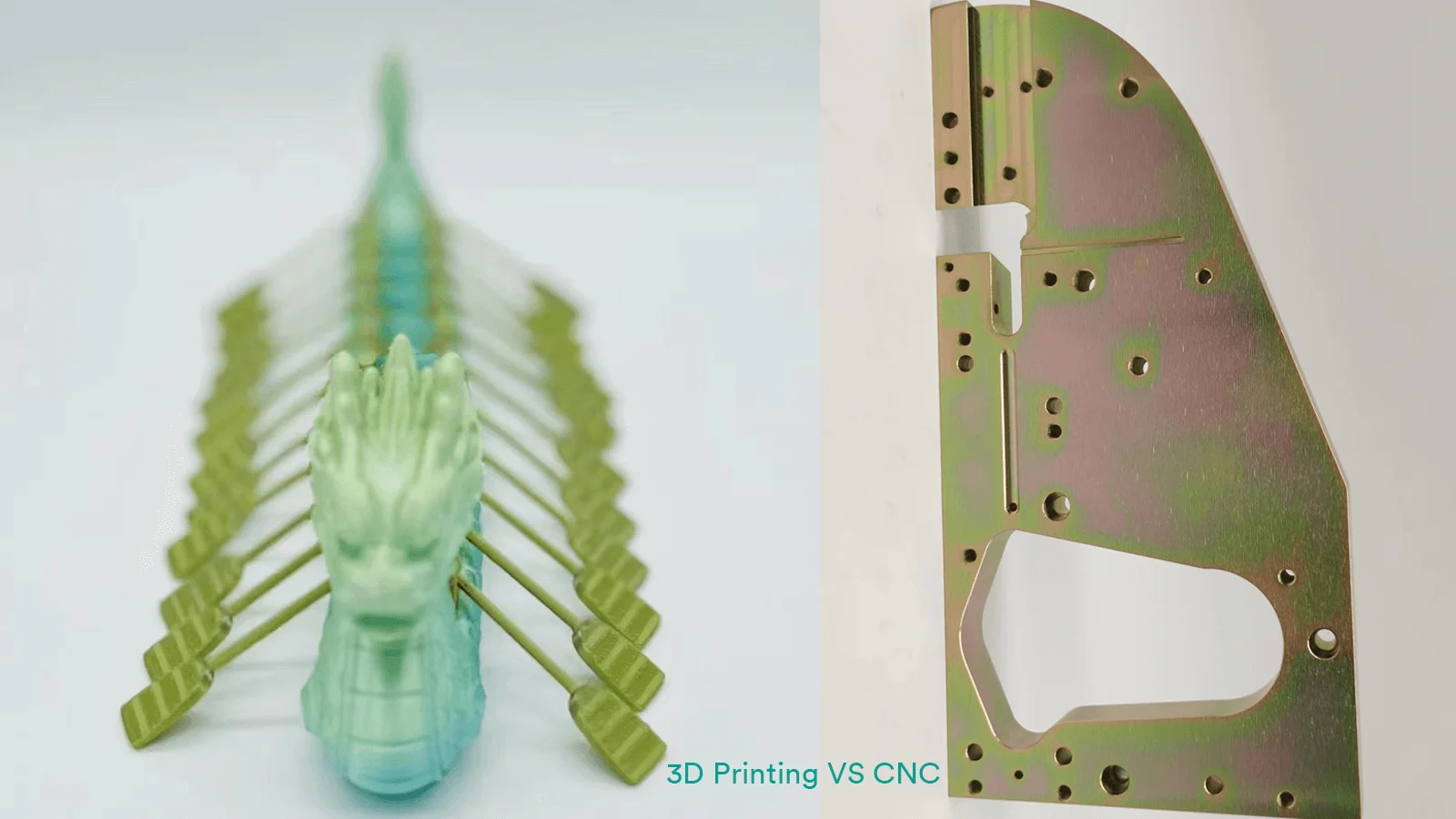
FAQs
Which Metal Lasts Longer, Titanium Or Aluminum?
Yes, titanium is generally more durable than aluminum, especially in corrosive or extreme environments.
Titanium forms a stable oxide layer that effectively prevents corrosion even in harsh conditions such as marine or chemical environments. This oxide layer is much stronger than the one formed by aluminum, which still degrades under severe acidic or alkaline conditions. Titanium’s superior resistance to fatigue and wear further extends its service life.
How Can I Tell The Difference Between Titanium And Aluminum?
It is very difficult to distinguish between aluminum and titanium because they have a similar silver-gray appearance.
However, there are ways to differentiate them. For example, in the spark test, titanium produces a bright white spark while aluminum does not.
Or you can compare their weights, where titanium will feel heavier for the same volume. You can also recognize them by tapping on them. Titanium produces a higher-pitched ringing sound. Aluminum makes a duller sound with a lower pitch.
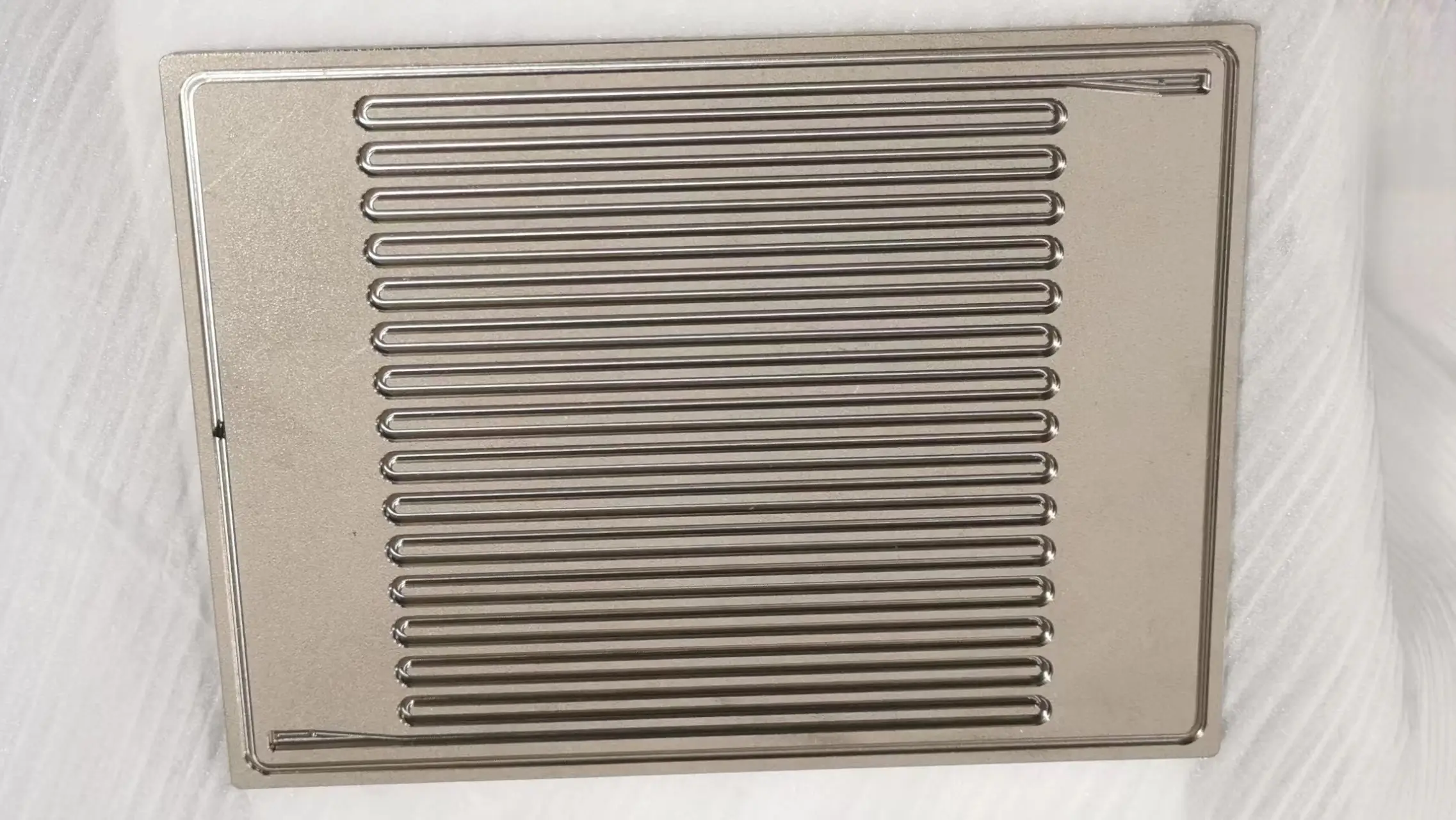
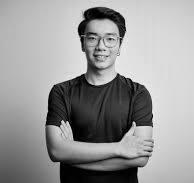
Lucas is a technical writer at ECOREPRAP. He has eight years of CNC programming and operating experience, including five-axis programming. He also spent three years in CNC engineering, quoting, design, and project management. Lucas holds an associate degree in mold design and has self-taught knowledge in materials science. He’s a lifelong learner who loves sharing his expertise.

